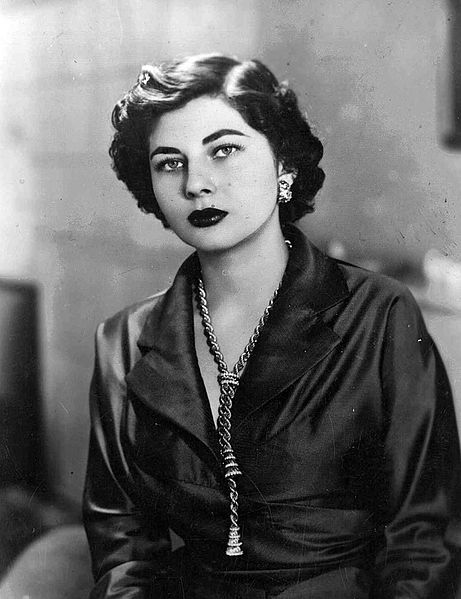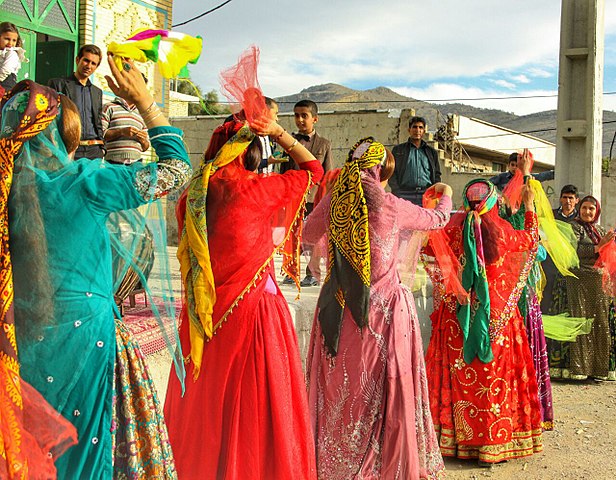
| LURS
Lurish areas showed with Blue color on the map Languages
: Luri and Persian
Lurs (Luri) or Lurish people are an Iranian people living mainly in western and south-western Iran. Their population is estimated at around five million. They occupy Lorestan, Kohkiluyeh and Boyer-Ahmad, Khuzestan and Fars (especially Lamerd, Mamasani and Rostam), Bushehr, Chaharmahal and Bakhtiari, Hamadan, Ilam, and Isfahan provinces. The Lur people mostly speak the Luri language, a Southwestern Iranian language related to Persian.
Lurs are the demographic majority of the provinces of Kohkiluyeh and Boyer-Ahmad, Lorestan, and Chaharmahal and Bakhtiari. Half of Khuzestan's population and 30% of Bushehr's population is Lur.
Language
:
Richard N. Frye wrote that "the Lurs and their dialects are closely related to the Persians of Fars province, and naturally belong to the southwestern branch of the Iranian peoples..." The Luri language is divided into two main groups :
•
The dialect spoken in Luri-i buzurg (Greater Lur) which is closely
related to Persian. This dialect is spoken by the inhabitants of
Bakhtiari, Kuh-Gilu-Boir Ahmed, in the north and east of Khuzistan,
in the Mamasani district of Fars, and in some areas of Bushehr province.
History :
Area of the Elam
Relief of an Elamite noblewoman
Memorials of Great Lurs in Idaj (Izeh)
Karim Khan, the Luri ruler of the Zand Dynasty Lurs are a mixture of aboriginal Iranian tribes, originating from Central Asia and the pre-Iranic tribes of western Iran, such as the Kassites (whose homeland appears to have been in what is now Lorestan) and Gutians. In accordance to geographical and archaeological matching, some historians argue that the Elamites to be the Proto-Lurs, whose language became Iranian only in the Middle Ages. Michael M. Gunter states that they are closely related to the Kurds but that they "apparently began to be distinguished from the Kurds 1,000 years ago." He adds that the Sharafnama of Sharaf Khan Bidlisi "mentioned two Lur dynasties among the five Kurdish dynasties that had in the past enjoyed royalty or the highest form of sovereignty or independence." In the Mu'jam Al-Buldan of Yaqut al-Hamawi mention is made of the Lurs as a Kurdish tribe living in the mountains between Khuzestan and Isfahan. The term Kurd according to Richard Frye was used for all Iranian nomads (including the population of Luristan as well as tribes in Kuhistan and Baluchis in Kirman) for all nomads, whether they were linguistically connected to the Kurds or not.
Queen Soraya Esfandiary-Bakhtiari, the second wife of Mohammad Reza Pahlavi, has a Lur father and German mother
Genetics :
Dasmâl-bâzi dance, Mamasani, Iran The authority of tribal elders remains a strong influence among the nomadic population. It is not as dominant among the settled urban population. As is true in Kurdish societies, Lur women have much greater freedom than women in other groups within the region. The women have had much freedom to participate in different social activities, to wear female diverse clothing and to sing and dance in different ceremonies. Bibi Maryam Bakhtiari, and Qadam Kheyr are two notable Luri women from Iran. Luri music, Luri clothing and Luri folk dances are from the most distinctive ethno-cultural characteristics of this ethnic group.
Many Lurs are small-scale agriculturists and shepherds. A few Lurs are also traveling musicians. Lurish textiles and weaving skills are highly esteemed for their workmanship and beauty.
Source :
https://en.wikipedia.org/ |
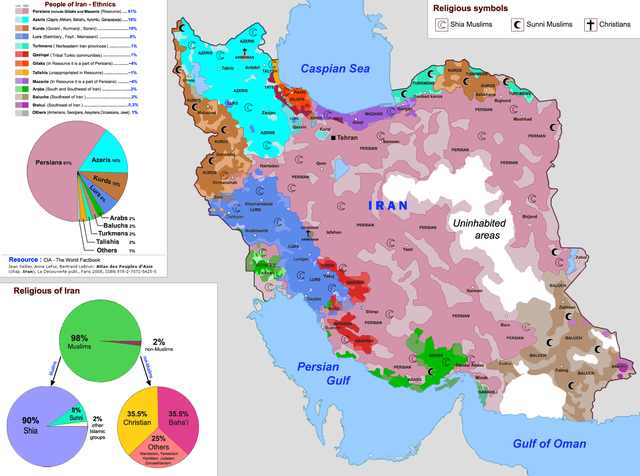
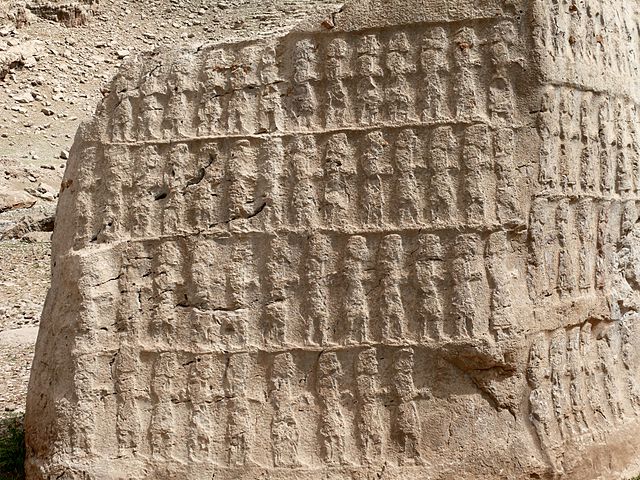
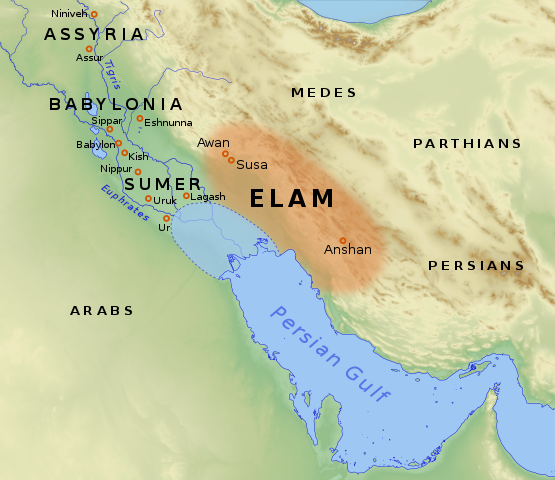
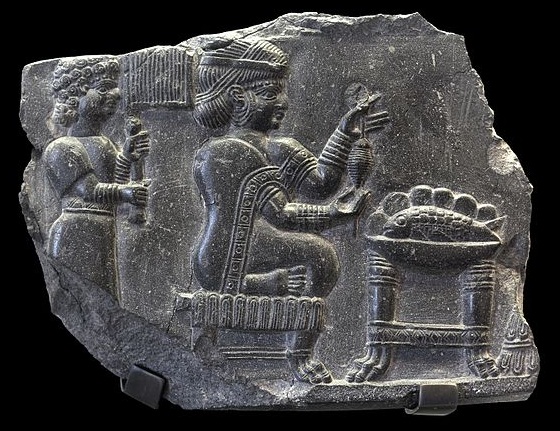
.jpg)

